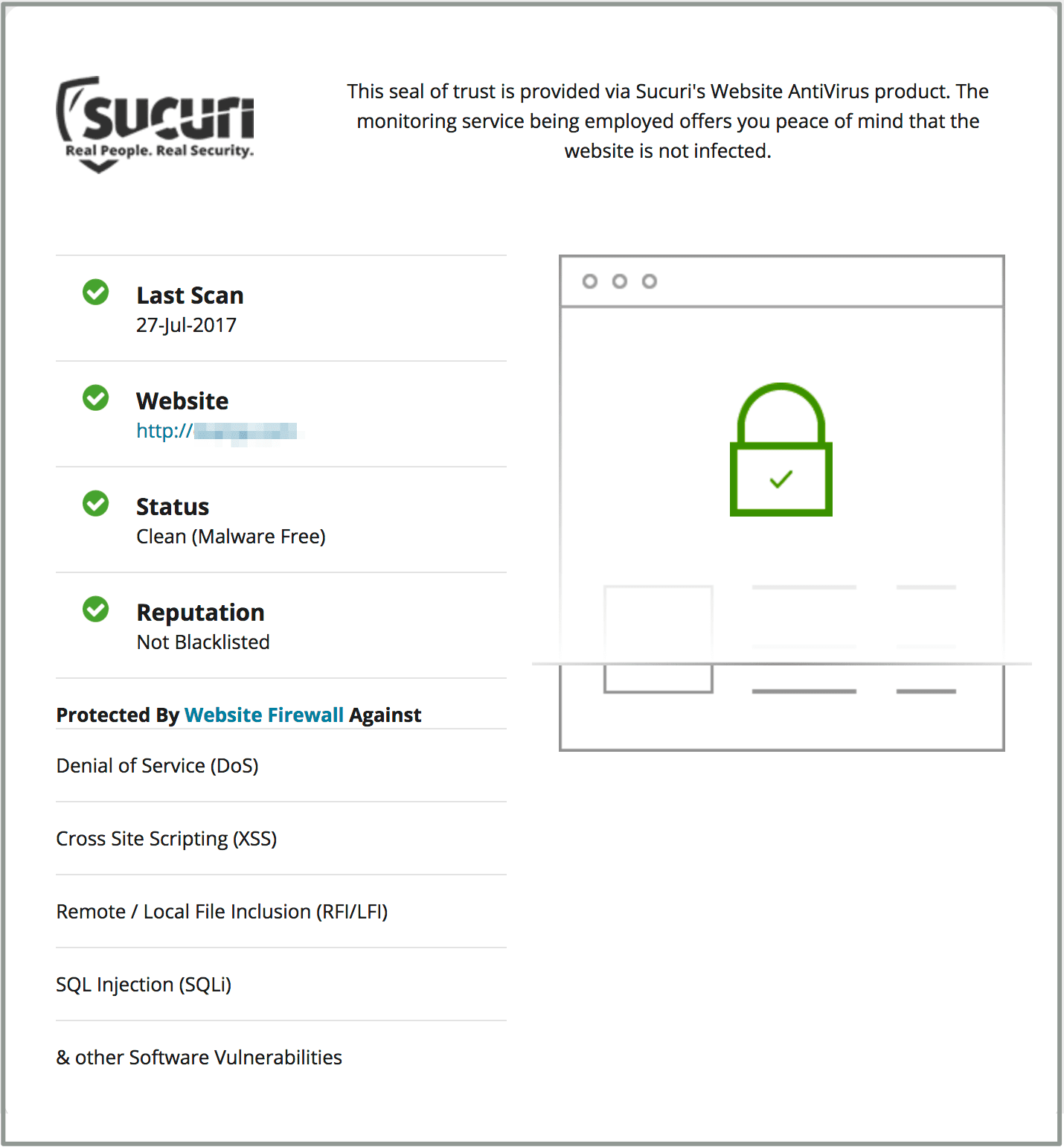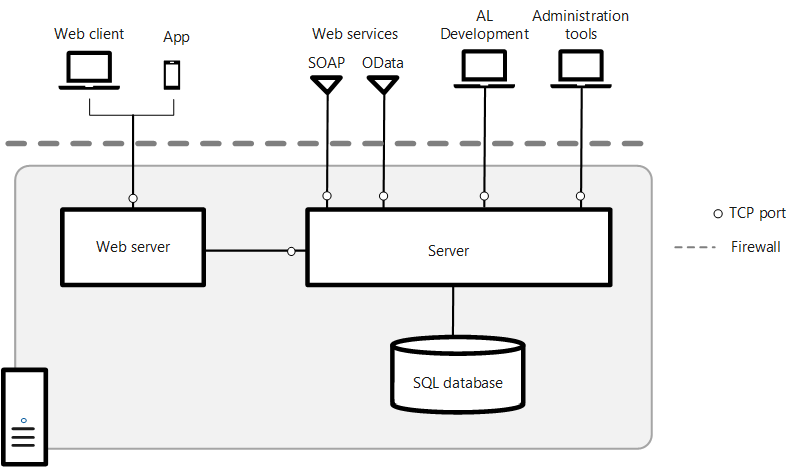
Use the apache level command to send error messages. There are three levels available: warning (debug), critical (debug), and warning. Each level has its benefits and drawbacks. Choosing the right level depends on the situation you are experiencing. You might choose a high log setting if your server is down. For normal usage, you can set a low log level.
Log Level Changes
To increase or decrease the severity log messages, you can adjust the Apache log level. The default level is warn. The other two levels are crit and emerg. Warning logs will be generated when the system appears to operate normally. However, it can become more problematic over time. You can use log changes to help troubleshoot and debug your server.
Apache web servers will log all changes to the log level. This will increase the size of your log files and make it more difficult for the web server to work. You can increase the log level for trace if you require more detailed logs.
Messages logged
Apache is a popular server. You can examine the error log to find the reason for the error. The log contains information about the error type, time and severity. It also contains information on the web browser and operating systems of the client.

Log files are created by Apache servers that store information provided by clients. These log files can be accessed with a simple text editor, such as tail or cat, which are command-line tools on Linux.
Log messages at debug level
The debug level logs information on errors and warnings within the application. These messages are useful for debugging and testing purposes. The right level can be used to filter messages. This will give you more information but not lose details. To gain more information on a particular subsystem or component, you can set the DEBUG/TRACE level. The INFO level should be used in production environments.
An application may not abort if it logs a message at this level. This is a sign that something is wrong with the application. It might not be capable of accessing a file, or service. This is a sign that something is wrong. Most applications will still run in a normal way without the error message.
Messages logged with FATAL level
FATAL is a sign that a message has been logged. It can indicate a serious error such as a corrupt database or major problem. These errors need to be fixed immediately because they can lead to financial loss or significant data loss. However, this level does not always mean that a program has failed. These events will not stop most applications from running.
The severity levels are ranked in order of severity. If the error message indicates that the program is failing, it will immediately terminate the program and log it. Log messages that are less severe will be logged in lower severity logs. If the DFATAL level is set, the log message will be recorded in debug mode and not production. This helps avoid halting the program in a live system.

Messages logged with TransferLog level
There are three levels in log messages: "emerg", which means "unusable", "alert," "crit", and "crit". An "emerg", or system malfunction, message means that the system must be repaired immediately. An "emerg" message is informative and should not to be discarded. However, it should be reported for further investigation. "Info" messages are useful for troubleshooting purposes, and "debug" messages contain more detailed information.
Apache also records the status or connection of HTTP requests. The HTTP status code can be used to measure the website's speed. A 404 response, for example, includes Referer information.
FAQ
What HTML & CSS can I use to create my website?
Yes, you can! You will need basic knowledge of web design and programming languages like HTML (Hyper Text Markup Language) and CSS (Cascading Style Sheets). These languages enable you to create websites that are accessible to anyone with an internet connection.
Can I use a Template or Framework on My Website?
Yes! Many people use pre-built templates or frameworks when creating a website. These templates contain all the code that is required to display information.
These templates are the most in-demand:
WordPress - The most popular CMS
Joomla - another popular open source CMS
Drupal - Drupal is an enterprise-level software that large organizations can use
Expression Engine is a Yahoo CMS that allows you to create custom CMS sites.
You will find hundreds of templates for each platform. So it shouldn't be hard to choose the right one.
How much do web developers make?
The hourly rate for a website you create yourself is $60-$80. Independent contractors are a better option if your goal is to charge more. The hourly rate could be anywhere from $150 to $200
What is a static site?
A static website contains all content stored on a server that visitors can access via web browsers.
The term "static" refers to the fact that there are no dynamic features such as changing images, video, animation, etc.
This site was originally designed for intranets. However, it has been adopted by small businesses and individuals who need simple websites with no custom programming.
Because they are less maintenance-intensive, static sites have gained popularity. They are much easier to maintain than fully-featured sites with many components (such a blog).
They load much faster than dynamic counterparts. They are ideal for mobile users and those with slow Internet connections.
A static website is more secure than its dynamic counterparts. A static website is impossible to hack. Hackers have only access to data stored in a database.
There are two main ways you can create a static web site.
-
Using a Content Management System.
-
Creating a Static HTML Website
It depends on what your needs are. I recommend a CMS if you're just starting to create websites.
Why? It gives you full control of your website. You don't need to hire someone else to help you set it up. Upload files directly to the CMS.
You can still learn code and create static sites. You'll have to invest time learning how programming works.
Statistics
- It's estimated that in 2022, over 2.14 billion people will purchase goods and services online. (wix.com)
- The average website user will read about 20% of the text on any given page, so it's crucial to entice them with an appropriate vibe. (websitebuilderexpert.com)
- Studies show that 77% of satisfied customers will recommend your business or service to a friend after having a positive experience. (wix.com)
- In fact, according to Color Matters, a signature color can boost brand recognition by 80%. There's a lot of psychology behind people's perception of color, so it's important to understand how it's used with your industry. (websitebuilderexpert.com)
- When choosing your website color scheme, a general rule is to limit yourself to three shades: one primary color (60% of the mix), one secondary color (30%), and one accent color (10%). (wix.com)
External Links
How To
What is Website Hosting?
Website hosting is the location where people go when they visit websites. There are two types.
-
Shared Hosting - This is your cheapest option. Your website files reside on a server controlled by someone else. Customers visit your website and send their requests over the Internet to this server. The owner of the server then hands off the request to you.
-
Dedicated Hosting - This option is the most costly. Your website is located on only one server. There are no other websites sharing space on the server. Your traffic remains private.
Because it is less expensive than dedicated hosting, shared hosting is preferred by many businesses. With shared hosting, the company that owns the server provides the resources needed to run your website.
Both options have their pros and cons. Here are the main differences between them:
Shared Hosting Pros
-
Lower Cost
-
Easy to Set Up
-
Frequent Updates
-
It is available on many Web Hosting Companies
Shared hosting can often cost as little as $10/month. Remember that shared hosting usually comes with bandwidth. Bandwidth is the data transfer speed that you have over the Internet. So even if you only upload photos to your blog, you may still pay extra money for high amounts of data transferred through your account.
Once you start, you'll quickly realize why you were paying so much for your previous host. The majority of shared hosts offer limited customer support. Although they will help you set up your site occasionally, you are on your own once you have done that.
Providers that offer 24-hour customer support are worth looking into. They'll take care of any issues that come up while you sleep.
Cons of dedicated hosting
-
More Expensive
-
Less Common
-
Requires specific skills
With dedicated hosting, everything you need for your website is at your fingertips. You won’t need to worry whether you have enough bandwidth or enough RAM (random address memory).
This means that you will have to pay a little more upfront. But once your online business starts, you'll realize you don't need any technical assistance. You'll soon be an expert at managing servers.
Which Is Better For My Business:
The answer will depend on the type and purpose of your website. Shared hosting might be best if you just want to sell products. It's simple to set it up and keep it updated. And since you're sharing a server with many other sites, you'll likely receive frequent updates.
If you want to create a community around a brand, dedicated hosting may be the best choice. You can focus on building your brand without worrying about handling your traffic.
Bluehost.com is a web host that offers both. Bluehost.com offers unlimited monthly data transfers, 24/7 customer support, domain registrations free of charge, and a 30-day guarantee for your money back.